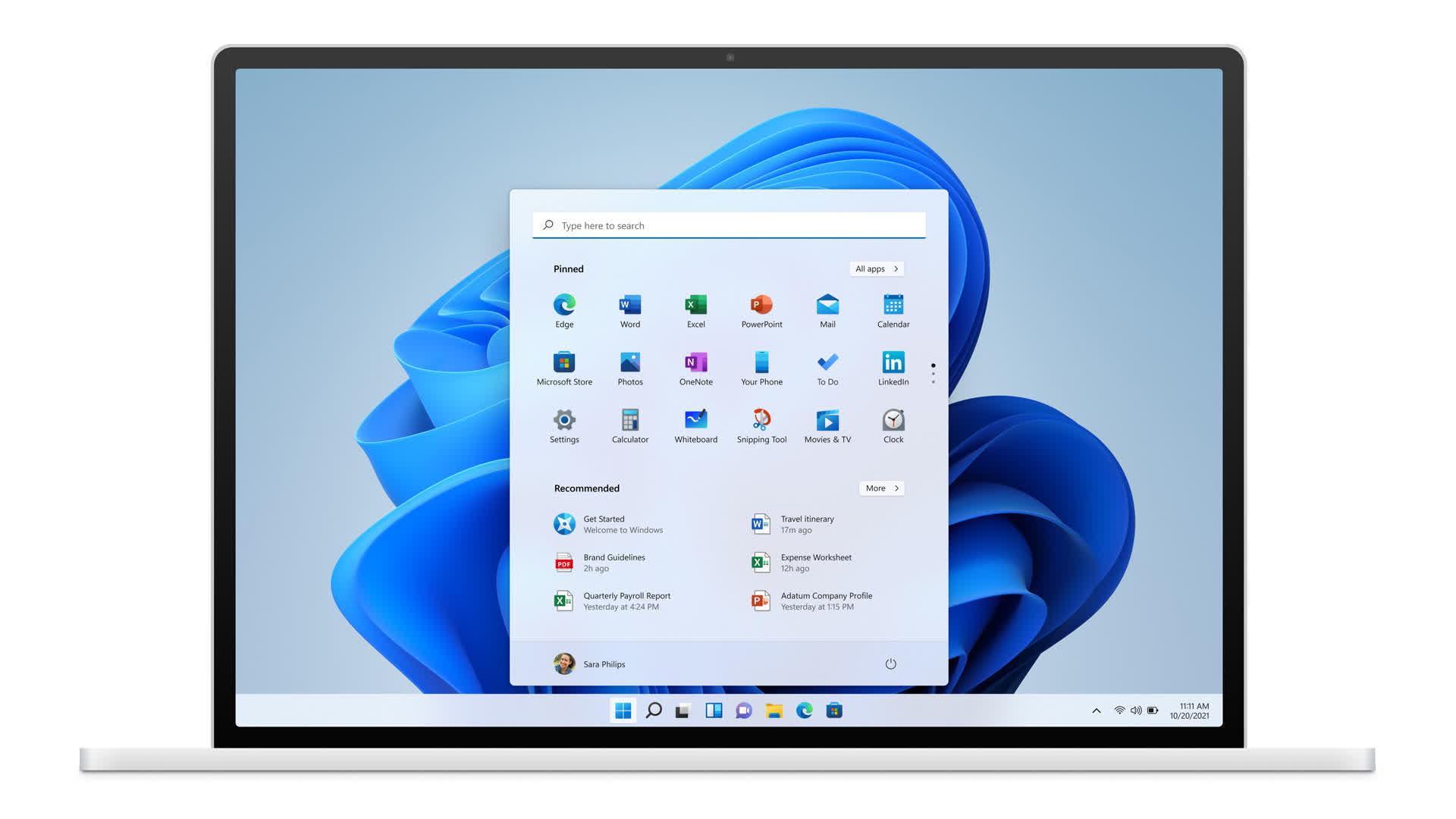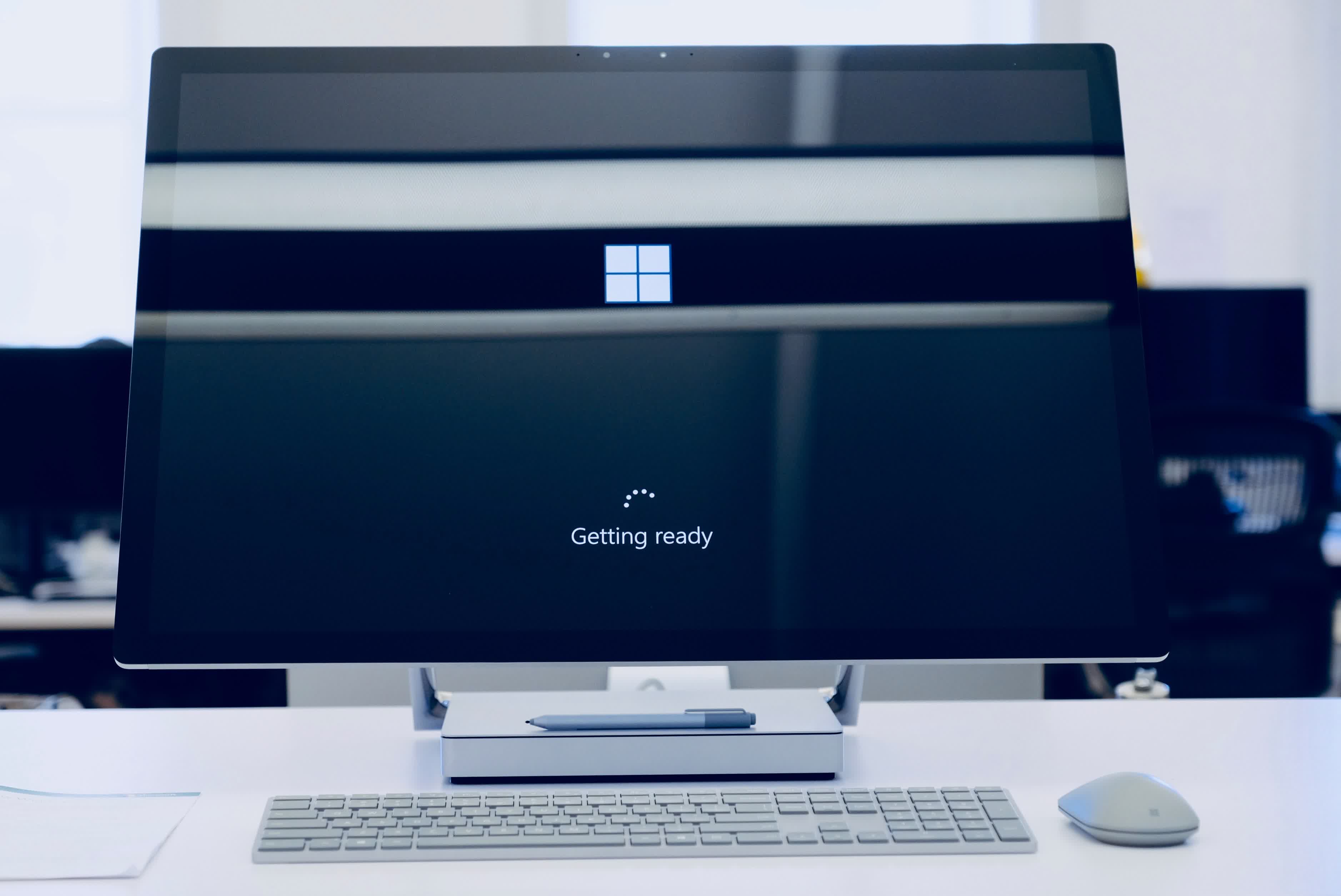Rumor mill: Windows 12 is all but confirmed at this point, with several hints about what we can expect from the next major Microsoft release. One possibility is a faster update cadence than Windows 11. A more modular OS with components that will live on several different partitions is also rumored. New capabilities could also make the operating system easier to manage on lower-end devices, while offering users the full spectrum of app compatibility with seamless updates.
Microsoft has already spent years trying to modernize the Windows platform, including an attempt to build a completely separate version (Windows 10X) for users that didn't need all the legacy baggage that has accumulated in Windows over the years. When the world transitioned to hybrid work and study, the company decided to simply scrap the project and bake those ideas into Windows while removing what it considered to be superfluous apps and features.
The most recent attempt before Windows 11 was something called "Windows Core OS." The idea was to build a stripped-down, lightweight OS that would serve as the base for a modular Windows that could then be packaged with the exact features needed for the target device form factor, be it tablets, laptops, or desktop PCs.

That concept presented a lot of technical challenges, so it's no surprise that Microsoft has instead opted for a more gradual approach that we see embodied in Windows 11. Still, Windows Central's Zac Bowden reports the Redmond giant is building the successor to Windows 11 - known as Windows 12 for now, codenamed Hudson Valley - with many of the principles of Core OS in mind, all part of a project dubbed "CorePC."
Where Windows 11 mostly brought changes to the user interface and out-of-the-box experience, Windows 12 will supposedly be separated into "states" that live on different partitions on the storage drive. This will reportedly make managing and updating Windows easier for Microsoft and a less frightening experience for Windows users.
One implication of the different OS architecture is that it will be slightly easier to keep secure since system files will be separated from user files and third-party apps. At the same time, updating one part of the OS will be faster and likely won't always require a system restart to complete. For devices used in education, it may become easier to wipe them in a similar way to the "powerwash" feature found on Chromebooks.

This approach will also allow Microsoft to lower the footprint of Windows for devices that would be slow and unresponsive when running "full-fat" Windows. Bowden cites internal sources that claim a version of Windows 12 for education devices that only runs Office, Edge, Android apps, and web apps will weigh 60 to 75 percent less in terms of storage requirements when compared to Windows 11 SE.
For devices that require compatibility with legacy apps, Windows 12 will reportedly have a compatibility layer dubbed "Neon" to help ease users into transitioning to the new OS. Interestingly, there are also rumors of a version of CorePC/Windows 12 that will be devoid of legacy features and optimized for upcoming silicon from Intel, AMD, Nvidia, and Qualcomm, with a huge focus on AI-based features that sound a lot like a supercharged Clippy following you around the OS with contextual suggestions.
The CorePC project is still in its infancy at this point, so a lot could change before Microsoft decides to ship it to users. The plan is to debut the concept with Windows 12 sometime in 2024, but that may well be delayed if the company faces any major roadblocks along the way.
In the meantime, Microsoft has already increased the feature release cadence for Windows 11 so it will now be able to deliver them in the form of "monthly quality updates" as opposed to bundling them together as part of annual updates. We saw the first such update earlier this month, and it won't be long before the next one drops as the company is scrambling to add more AI-powered features and integrations to the OS and apps like Teams, Edge, and the Microsoft 365 suite.
Masthead credit: Johny Vino
